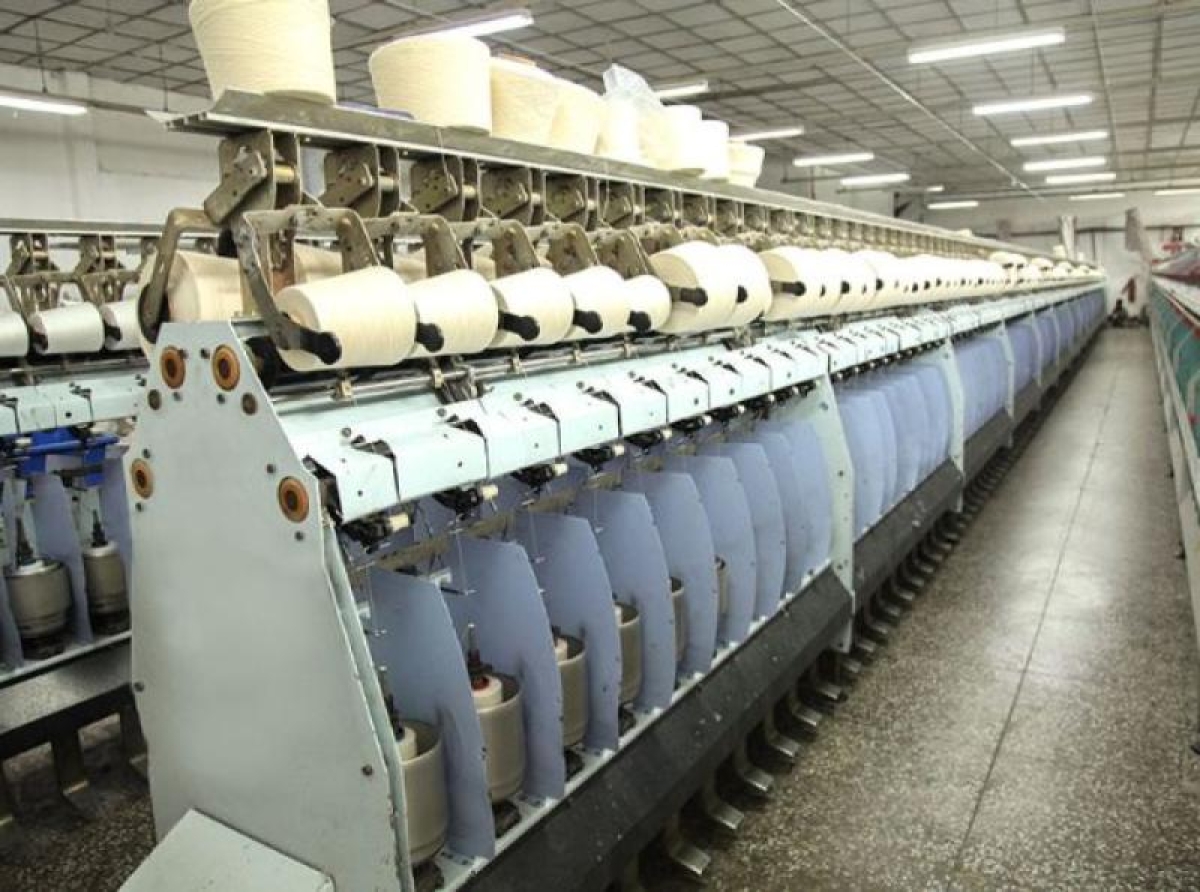06 May 2023, Mumbai
The Indian textile sector is vital at every point along the value chain, from garments to home furnishings, from natural to synthetic fibers. It contributes 13% of exports and 6% of the country's GDP. The industry employs more people than any other after agriculture.
The performance of India's exports has fallen short of expectations after the gradual elimination of export limitations in 2005. Its percentage of world exports is currently about 5% and is one of the largest producers of cotton and jute in the world.
Bird's eye view
India's textile industry has a rich history dating back several centuries and spans from hand-spun and hand-woven textiles to sophisticated mills. The industry's strength lies in its diverse production base, including natural fibers like cotton, jute, silk, and wool, as well as synthetic fibers like polyester, viscose, nylon, and acrylic.
India, a key Textile & Apparel (T&A) production hub, benefits from lower labor costs and abundant raw material (cotton). However, regulatory ambiguity has limited the sector's growth and competitiveness globally, compared to Vietnam and Bangladesh.
These countries have industry-friendly measures that provide textile manufacturers with a cost advantage. As a result, Indian textile companies face challenges like rising debt, shrinking margins, and declining volumes. Despite this, some companies have managed to perform well. The emergence of the domestic apparel industry in the last 5-6 years has helped Indian T&A manufacturers, but there is still room for improvement to compete globally.
Growth prospects of the textile industry
In any scenario, attaining an export growth rate of 15% should be possible. Maintaining a 12% yearly growth rate in the domestic market should be fine. This suggests that the industry should reach a production level of US$ 350 billion by 2024–25 from the current status of roughly US$ 100 billion for the domestic market, assuming a 12% CAGR in domestic sales.
By 2024–25, India will be exporting over US$ 300 billion of textiles and apparel at a 20% CAGR. In contrast, at a lower 15% CAGR, the country would be exporting about US$ 185 billion of textiles and clothing.
India should therefore have a market share of 15% to 20% of the global textile and apparel trade, up from its current level of 5%, taking into account the targeted growth in exports.
During this time, India should also undergo a structural change to become a net exporter of completed goods. This would suggest that export growth rates for fiber and yarn should slow down while growth rates for clothes, home furnishings, technical textiles, and other completed goods should soar.
Creating value and employment within the nation would be maximized, and the Prime Minister's vision of "Make in India" would be realized. 180–200 billion dollars would be invested, and 35–40 million jobs would be produced.
A drawback in the worldwide market is that most manufacturing facilities have modest capacity and low manufacturing efficiency. It is necessary to promote quick expansion and modernization of existing enterprises with success potential to bring them on a level with their international rivals.
Zero defect zero effect manufacturing (ZED)
To realize the Prime Minister's vision of "Make in India" with "Zero Effect; Zero Defect" at each value chain level, attracting large-scale investment to production facilities of the highest caliber would also be necessary. Extensive manufacturing facilities with economies of scale can help India become more competitive globally. With the creation of 35 million new jobs, India will be able to realize its goal of increasing its share of global trade and eradicating poverty.
To enable the realization of the Vision, man-made fiber production would need to expand exceptionally quickly to reach several levels.
Panoramic view
India's textile industry was valued at USD 223 billion in 2021, up from USD 150 billion in the previous year. The industry is expected to reach USD 220 billion by 2026.
That's an interesting piece of information! India is one of the largest cotton producers in the world and cotton is an important crop for the country's economy. It's good to hear that cotton production in India is projected to increase in the future, driven by increasing demand from consumers.
The growth in India's textile and apparel exports is also significant, with a 41% increase YoY in FY22. This shows that the demand for Indian textiles and garments is strong globally. The fact that exports of readymade garments including cotton accessories stood at US$ 6.19 billion in FY22 highlights the importance of cotton in India's textile and apparel industry.
Overall, these developments indicate a positive outlook for India's cotton industry and textile sector.
How do the finances look like
Investors need to find the sector to be sufficiently alluring. To reach a production capacity of roughly US$ 650 billion by 2024–2025, it needs to receive investments of US$ 180–US$ 200 billion. This is a significant obstacle. Investment returns must be sufficiently alluring to attract this level of investment. Assets must be sufficiently encouraged. The upkeep of a competitive exchange rate is the most vital prerequisite.
The most important conditions for attracting investments on the scale needed would be the ready availability of developed land with sufficient infrastructure, trained labor, and simple access to ports.
The best plan would be to build additional giant textile parks. It would be crucial and should be given utmost attention to reducing the cost of manufacturing and logistics. Attracting new entry through start-ups and FDI is essential and requires concentrated effort.

























